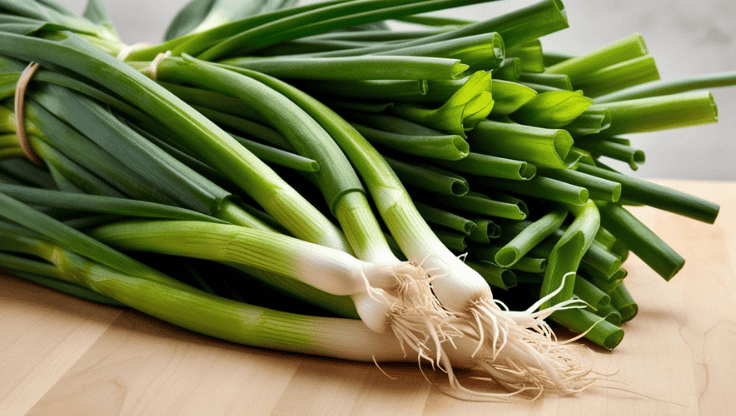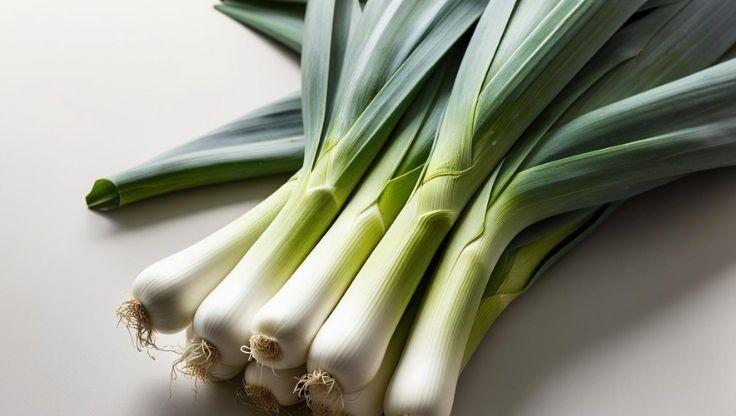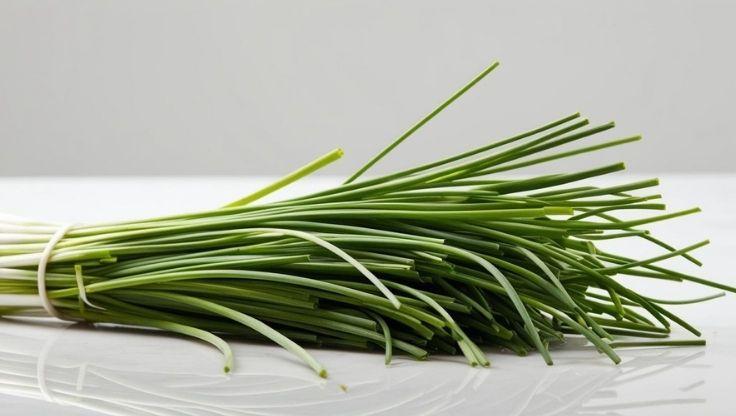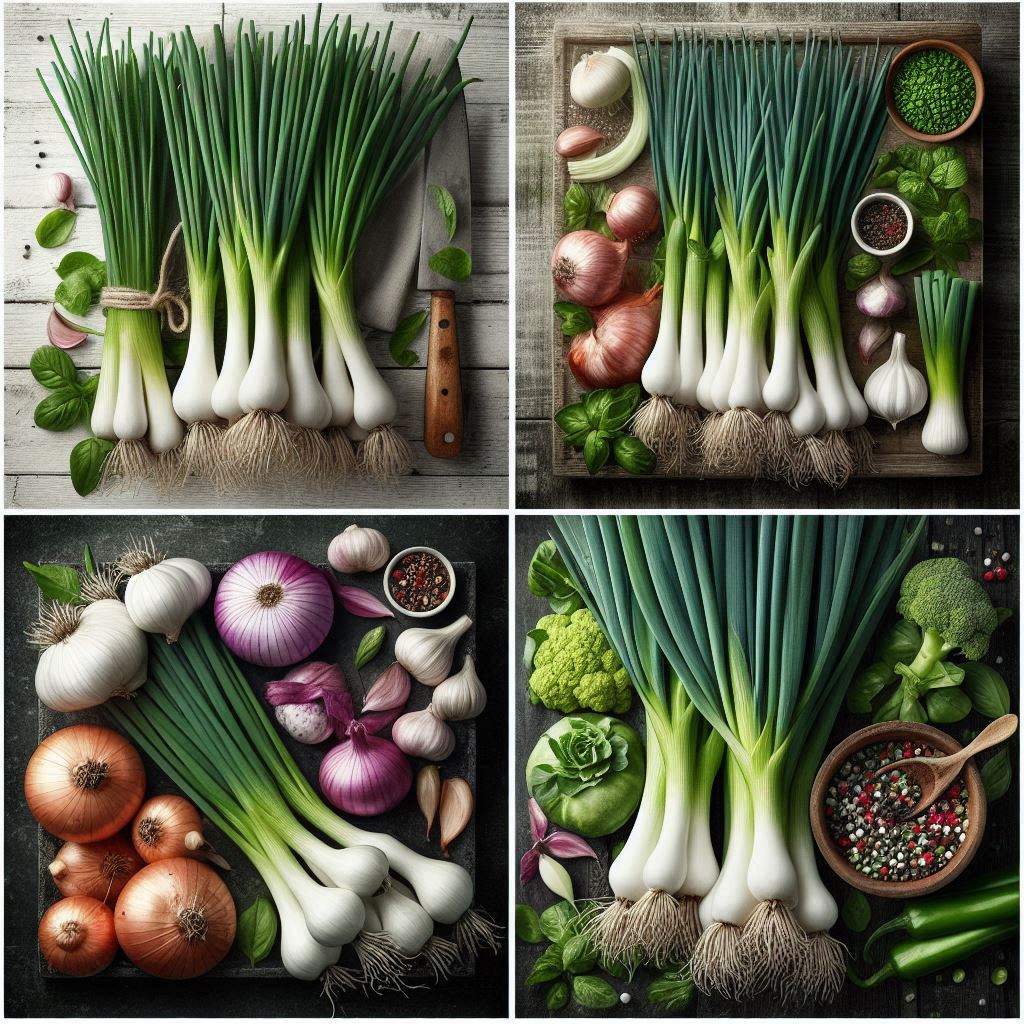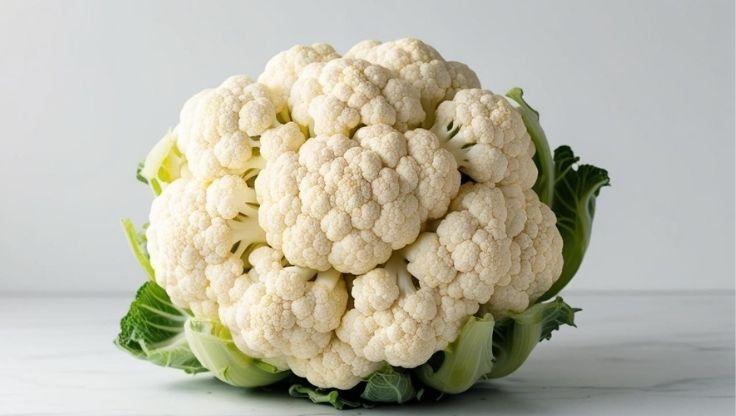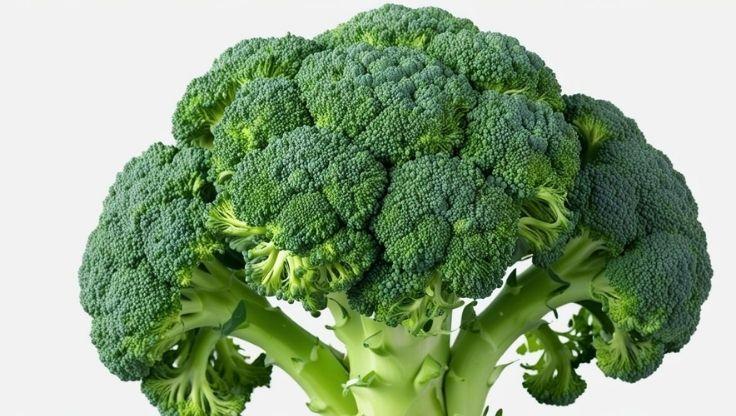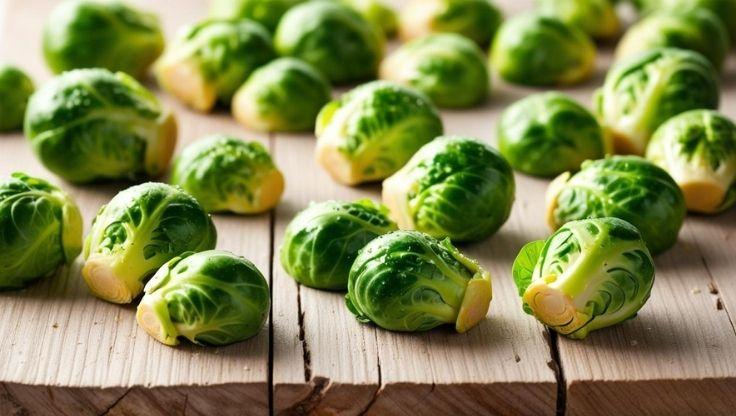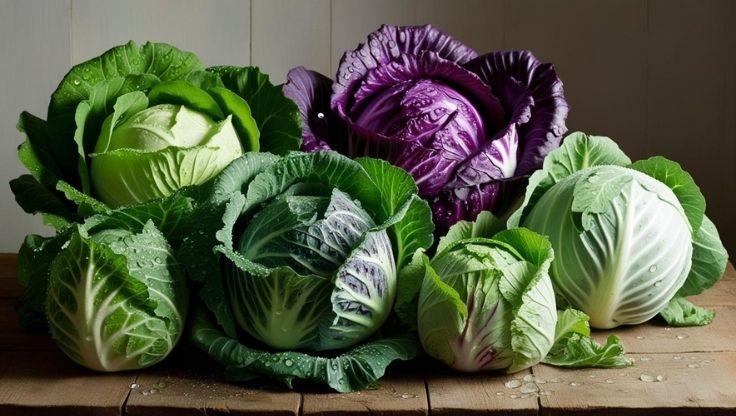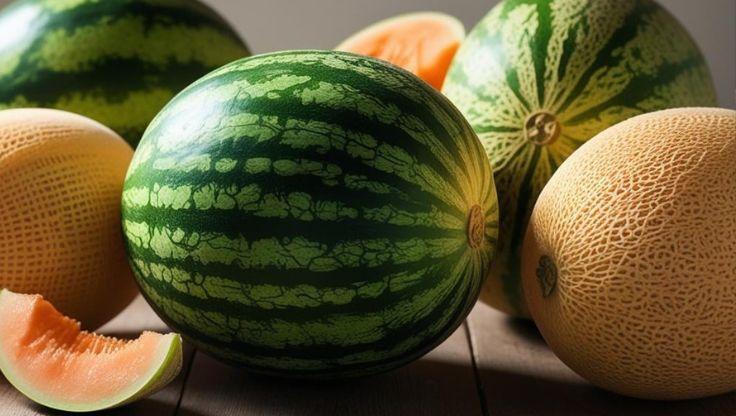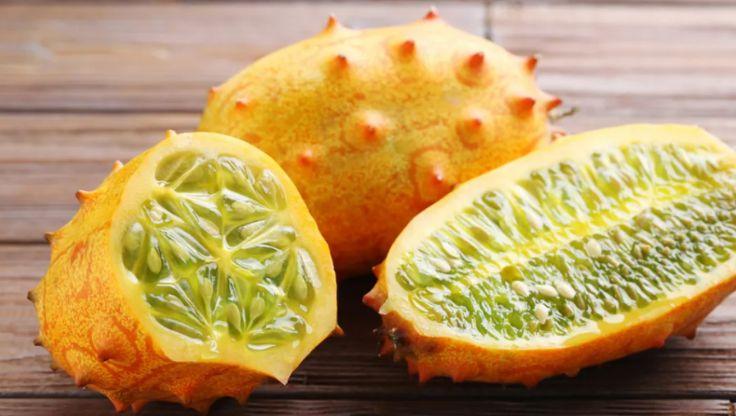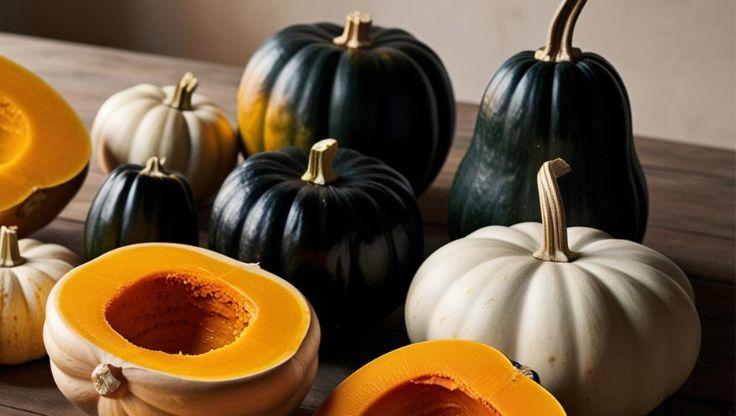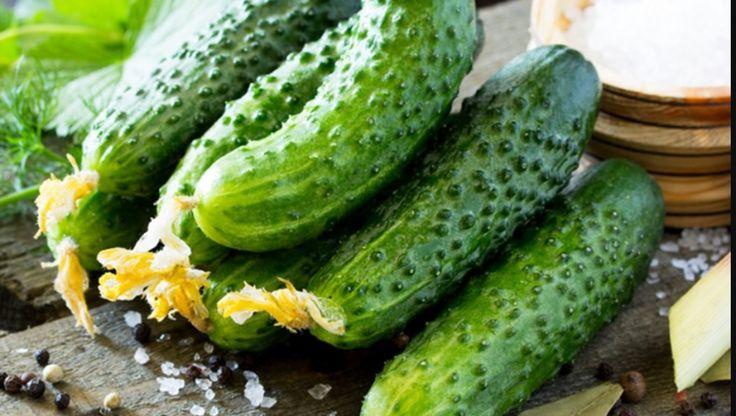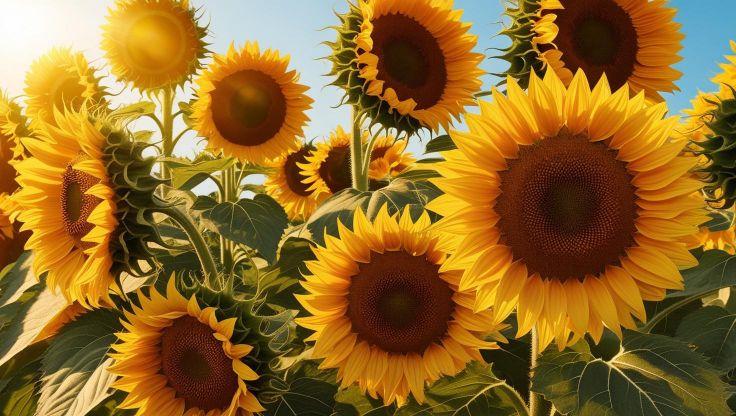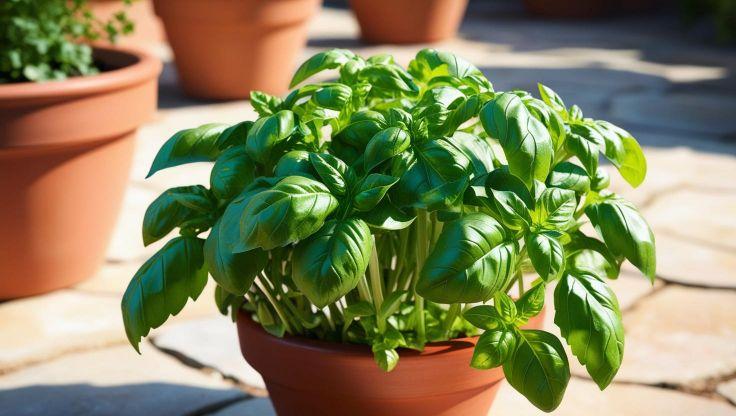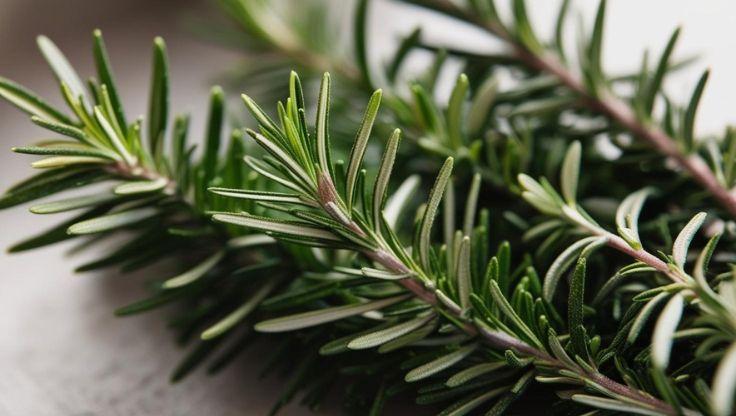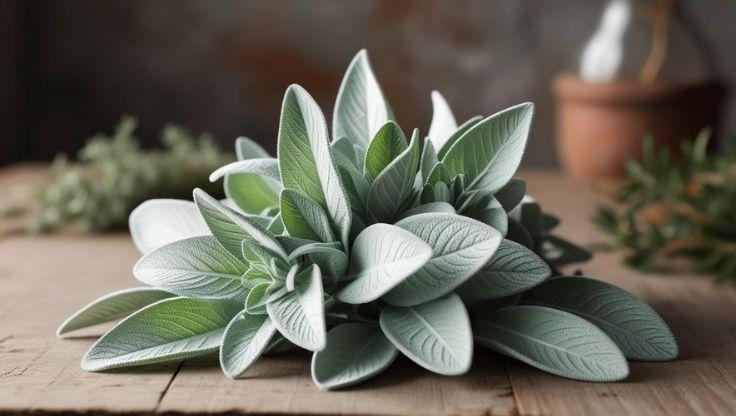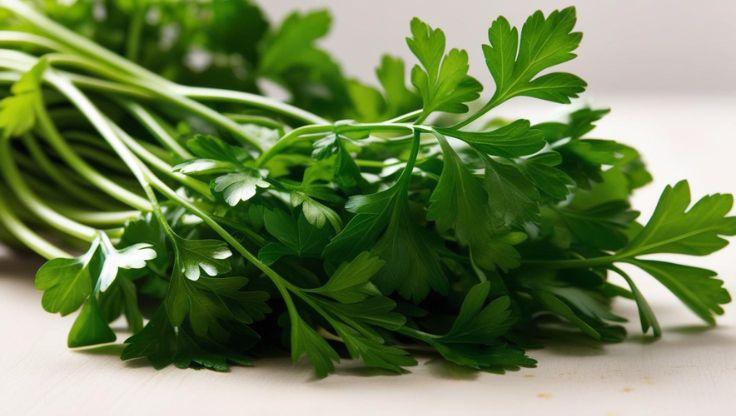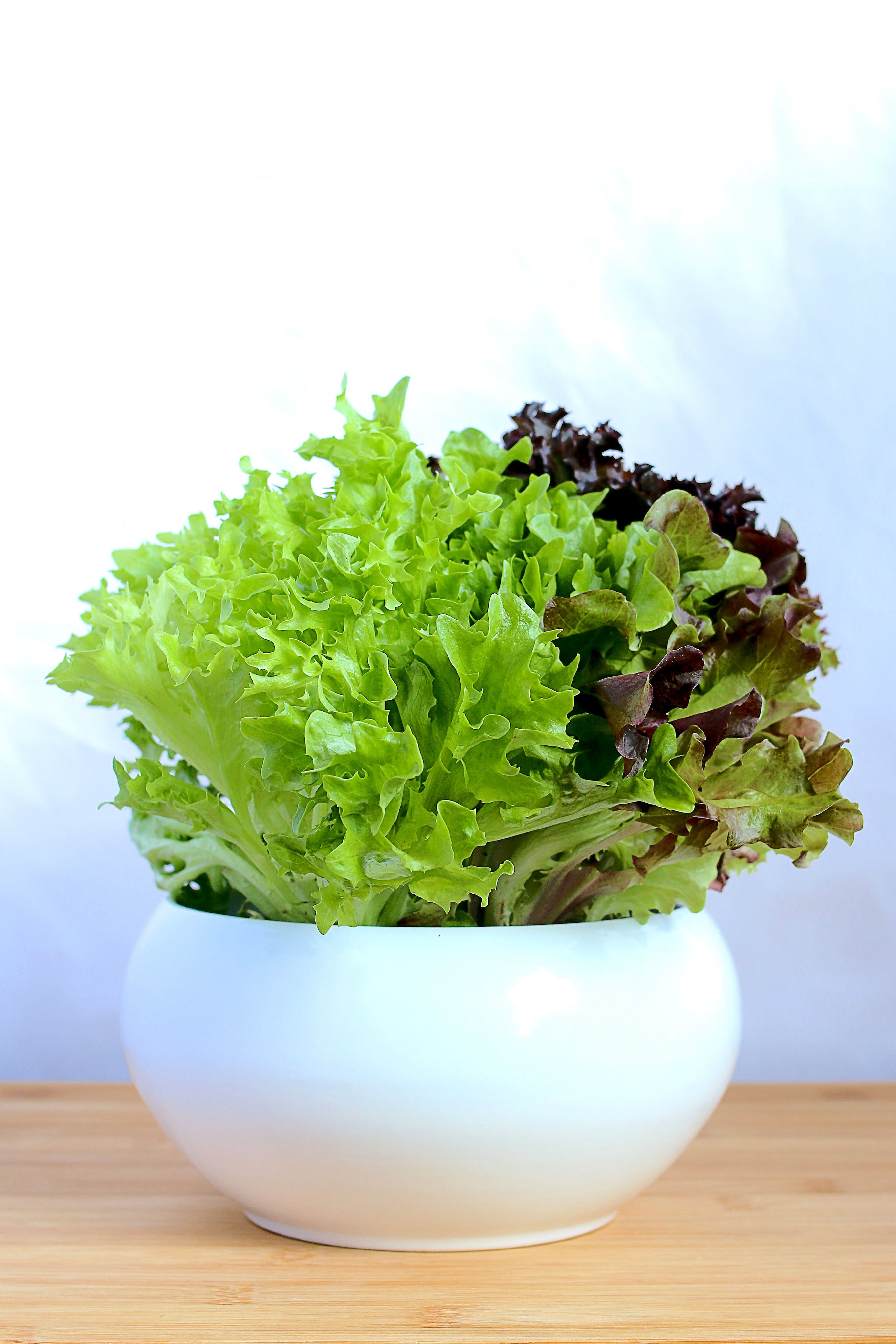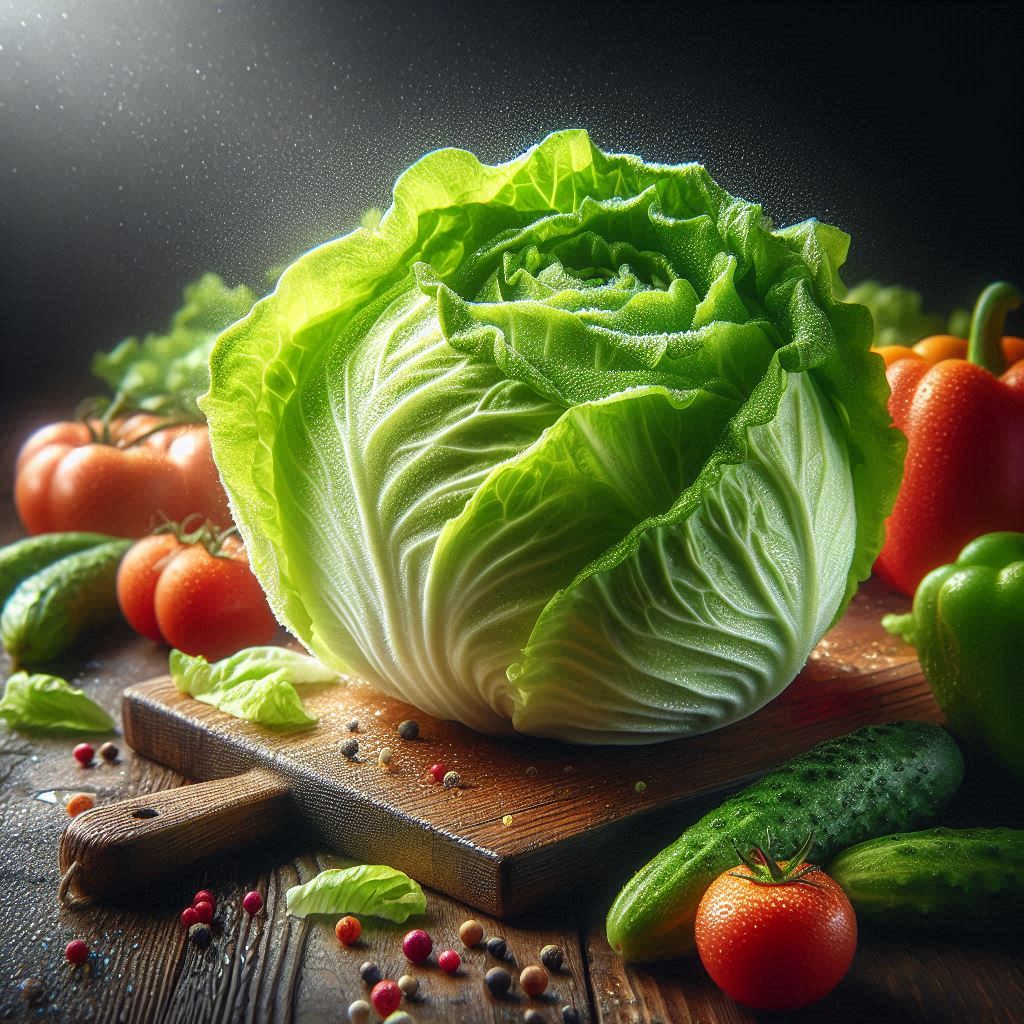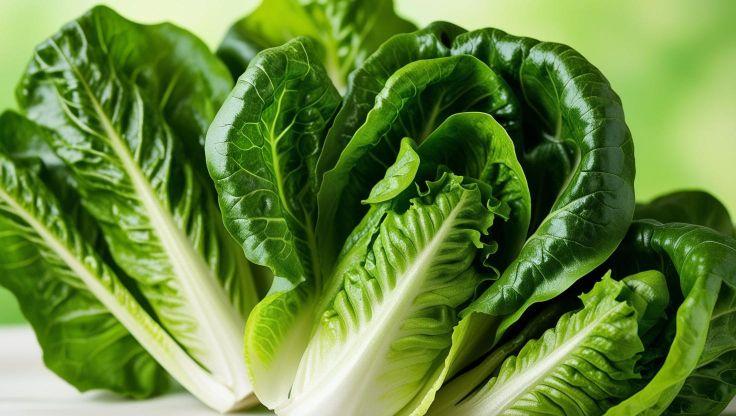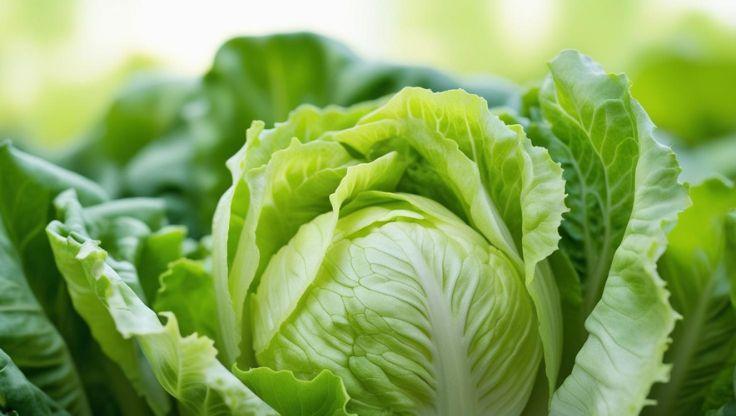Hydroponic Plants: A Complete Guide to Growing Batavia Lettuce
Batavia lettuce (Lactuca sativa var. capitata) is a crisp, flavorful hydroponic plants known for its vibrant texture and superior shelf life. Growing Batavia lettuce in hydroponic systems ensures steady nutrient intake, faster growth cycles, and protection from soil-borne diseases. The hydro garden method further enhances water conservation and allows for year-round, pesticide-free production.

Hydroponic Growing Conditions
Ideal pH and EC Levels
- pH: 5.5–6.5 for efficient nutrient absorption.
- EC Level: 0.8–1.2 mS/cm maintains optimal growth rates.
Light, Temperature, and Humidity Requirements
- Light: 12–14 hours daily exposure via LED or fluorescent lighting.
- Temperature: 15–22°C (59–72°F) for strong leaf formation.
- Humidity: 60–75% to prevent dehydration and support healthy development.
Best Hydroponic Systems for Batavia Lettuce
- Deep Water Culture (DWC): Provides steady hydration and oxygenation.
- Nutrient Film Technique (NFT): Supports continuous nutrient flow for uniform leaf expansion.
- Aeroponics: Enhances oxygenation and accelerates growth.
Nutrient Solutions and Water Management
- Monitoring EC levels prevents nutrient deficiencies.
- Regular water circulation maintains a clean and disease-free environment.
- Adjusting pH levels ensures optimal nutrient uptake.
Detailed Nutrient Formulation
- Early Growth: High nitrogen (N) promotes leafy development.
- Maturity Stage: Balanced phosphorus (P) and potassium (K) improve firmness and taste.
- Micronutrients: Calcium (Ca) strengthens leaf structure, magnesium (Mg) aids chlorophyll production.
Seed to Harvest Process
From seed to seedling, Batavia lettuce germinates in 7–10 days under controlled humidity and temperature. After transplanting, it matures within 30–45 days, making it a fast-growing hydroponic herb for efficient harvests. Each growing hole typically contains 2–3 seeds for balanced spacing. Popular Batavia lettuce varieties for hydroponic cultivation include Green Batavia and Red Batavia, prized for their crunchy leaves and vibrant colors.
Uses and Benefits
Culinary Applications
Batavia lettuce is ideal for fresh salads, wraps, and gourmet dishes. Popular uses include:
- Crisp salad bases with vinaigrettes and dressings.
- Fresh lettuce wraps for a low-carb meal option.
- A crunchy ingredient for sandwiches and burgers.
Health Benefits
Rich in fiber, vitamins A and K, and antioxidants, Batavia lettuce supports digestion and hydration. Growing hydroponic plants ensures clean, pesticide-free produce with superior nutrition.
Sustainability Advantages
Utilizing hydro gardens conserves water, reduces soil depletion, and enables continuous, controlled crop production.
Challenges and Solutions
Common Pests and Diseases
Hydroponic Batavia lettuce is relatively resistant to pests, but challenges may include:
- Aphids: Managed through organic repellents.
- Fungal Infections: Prevented with adequate air circulation.
- Root Rot: Controlled with oxygen-rich water systems.
Growth Issues and Environmental Stress
To ensure vigorous hydroponic plants, growers should:
- Maintain stable temperatures for uniform leaf growth.
- Ensure proper spacing to maximize airflow.
- Monitor nutrient concentrations to prevent deficiencies
Research for expert insights
Gain expert knowledge and practical guidance by checking out the following detailed resources.
|
Company/Institution |
Article Title |
Article Link |
|---|---|---|
|
RWTH Aachen University & University of Göttingen |
Assessing Closed Hydroponic Subsystems for Batavia Lettuce Growth Under Different Planting Densities |
|
|
Research Square |
Assessing Different Hydroponic Subsystems for Batavia Lettuce Growth |
|
|
Centurion University of Technology and Management |
Comparative Performance of Lettuce Cultivars Batavia and Romain in Nutrient Film Technique Under Hydroponics System |
Their research-driven approach offers valuable depth, making them a trusted source for those pursuing greater understanding.


